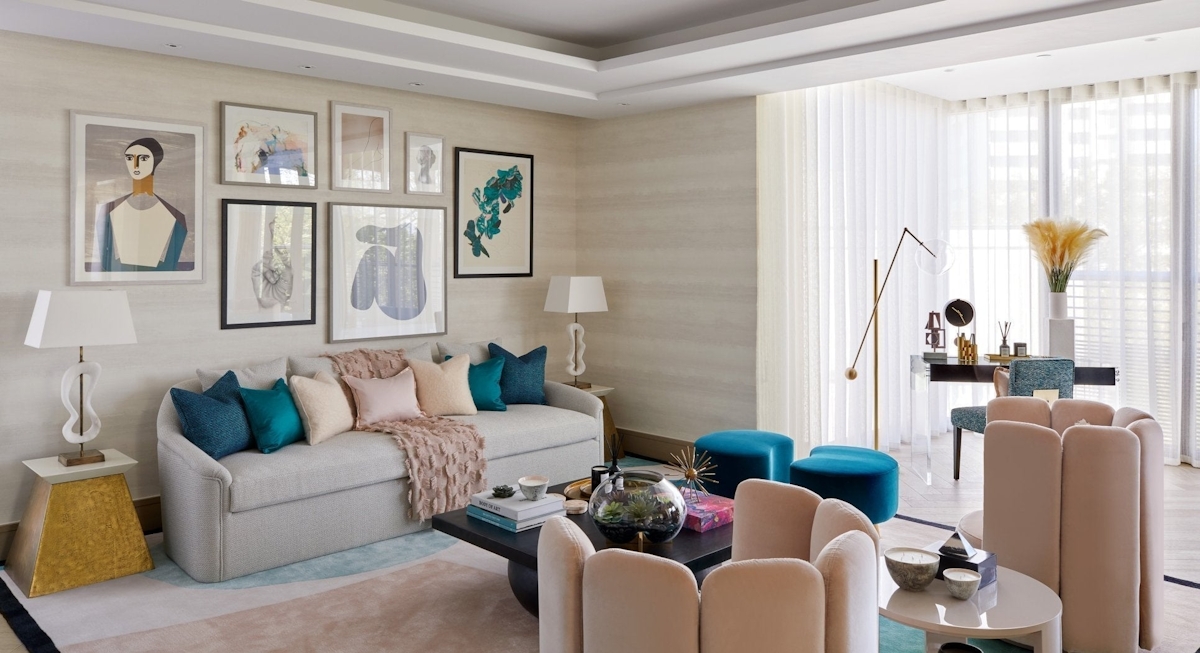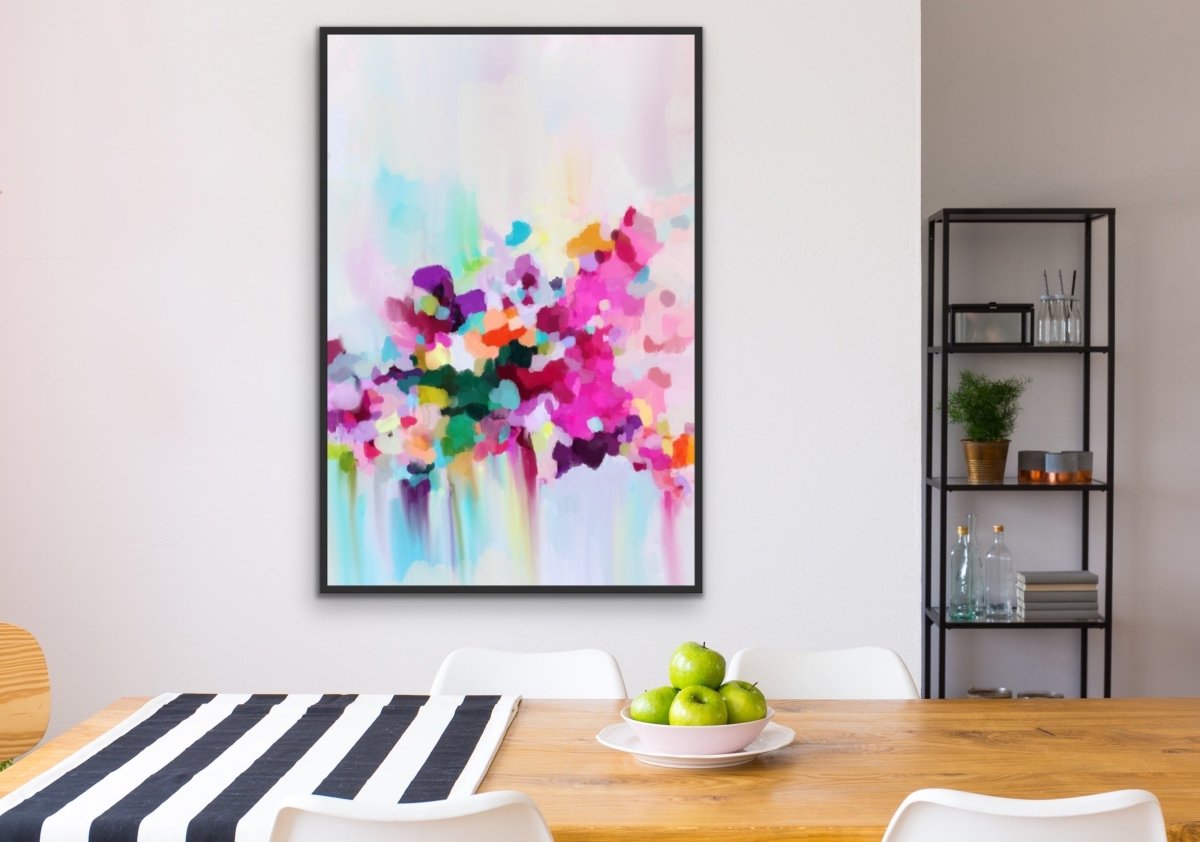Blending Abstract and Photographic Wall Designs for an Exquisite Gallery
For professional photographers, an engaging display is a remarkable blend of creativity and technical prowess. The art of merging abstract and photowall designs provides a unique opportunity to enthrall viewers while enhancing the aesthetic charm of any environment. This synergy not only amplifies visual interest but also introduces a fresh narrative dimension through artistic storytelling.
By combining abstract pieces with photographs in a unified wall display, you can elevate an ordinary space into a mesmerizing gallery. The contrast between abstract art and photography creates a balanced interaction that adds depth and fascination. This duo works exceptionally well in various settings such as galleries, residences, or even corporate spaces, aimed at crafting a visually rich atmosphere.

The Art of Fusion: Why Merge Abstract and Photographic Elements?
The integration of abstract and photographic elements on a wall pushes the boundaries of traditional art displays. Abstract art, focusing on form, color, and emotion, offers a stunning backdrop for the realism showcased in photographs. This combination enables photographers to present their works in a novel perspective, where abstract nuances enhance the narrative and emotional resonance of the photographs.
For example, a vibrant abstract piece can beautifully accompany a black-and-white photograph, emphasizing contrast and drawing attention to intricate details. This technique enriches the visual experience and fosters a more stimulating storytelling approach.
Crafting a Cohesive Display: Insights for Professional Photographers
When embarking on the journey of blending abstract and photo wall designs, its vital to reflect on the overarching theme and mood you wish to project. Here are some strategies to help you achieve a cohesive and visually captivating display:
1. Establish a Unified Color Palette
Choosing a consistent color palette is essential for achieving harmony between abstract and photographic elements. While perfect alignment isnt necessary, a common thread is important to tie them together. For instance, if your photos predominantly feature cool tones, consider integrating abstract pieces with similar shades for visual continuity.
2. Balance Size and Scale
Incorporating a variety of sizes and scales can result in a dynamic and interesting layout. Large abstract works can act as focal points while smaller photographs can be strategically positioned around them to guide the viewers gaze across the display. Achieving balance is crucial, and experimenting with different arrangements can lead you to the ideal composition.
3. Embrace Texture and Material
The texture and material of your artworks can add another layer of richness to your display. Combining different mediumssuch as canvas prints, framed photographs, and textured abstract paintingscan enhance the tactile experience of your wall art. This diversity fosters a more engaging interaction for viewers.
Infusing Personal Style and Narrative
As a professional photographer, your wall design can reflect your artistic identity. Infusing personal style and elements of storytelling will amplify your displays impact. Consider how each piece contributes to the overall narrative and how they engage with one another.
Abstract components can serve as visual metaphors or mood enhancers, setting the tone for the accompanying photographs. This interaction allows you to guide the audience on an emotional journey, sparking conversation and reflection.
Practical Aspects: Space, Lighting, and Installation
Before jumping into the installation phase, it's crucial to consider practical elements of your display. Factors like available space, lighting conditions, and installation methods can greatly influence the final presentation.
1. Evaluate the Space
Analyze the dimensions and layout of the wall designated for your display. This assessment will dictate the size and arrangement of your artworks. Ensure that the wall can bear the weight of your pieces, particularly if incorporating heavy materials or larger frames.
2. Optimize Lighting
Lighting is vital in showcasing your artworks. Natural light can accentuate textures and colors, while artificial lighting offers dramatic effects. Consider installing adjustable lights to optimize focus and intensity on select pieces.
3. Seek Professional Installation
For larger or more intricate displays, hiring a professional installer is recommended. This ensures that your artworks are securely mounted and perfectly aligned, preventing potential damage or misalignment over time.
For more innovative wall ideas, check out home decor inspirations and explore the transformative power of wall art. You can also visit travel-themed displays for additional inspiration. For those interested in modern techniques, dont miss digital paintings that can redefine your space.
Conclusion
The art of merging abstract and photo wall designs unlocks limitless possibilities for professional photographers to exhibit their work in groundbreaking ways. By thoughtfully blending these elements, you can craft a display that is not only visually stunning but also replete with narrative and emotion. Embrace this chance to transcend traditional art presentation and leave your audience captivated by an extraordinary gallery experience.

FAQ
What advantages come from merging abstract and photo wall designs?
Integrating abstract and photo wall designs results in a lively and engaging display that enhances visual appeal and storytelling capacities.
How can I select the right abstract pieces to complement my photographs?
Opt for abstract pieces that share a unified color palette or theme with your photographs to ensure visual harmony and coherence in your display.
What practical tips exist for setting up a complex wall display?
Assess the space and lighting conditions carefully, and if needed, hire a professional installer to guarantee the secure and precise placement of your artworks.

